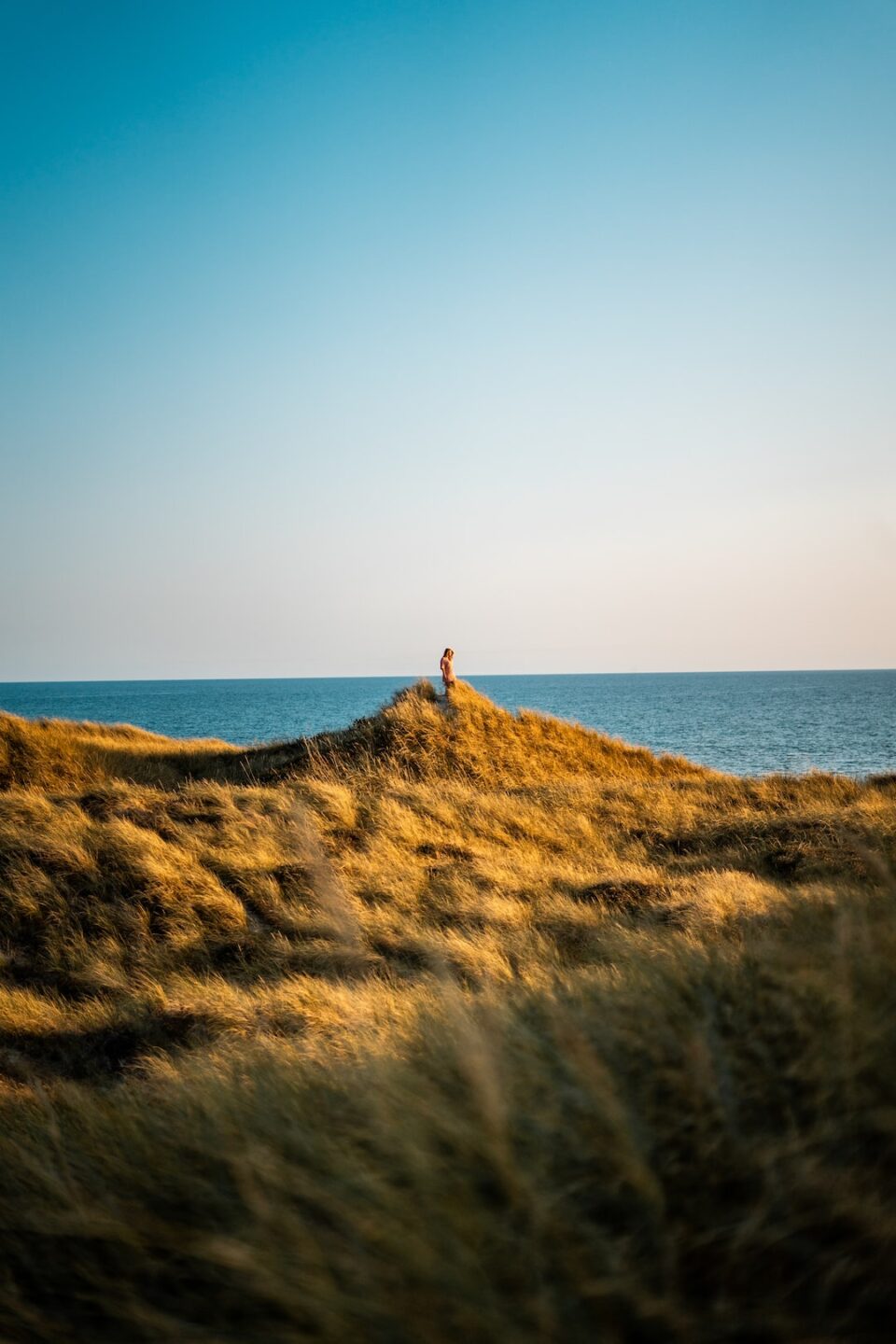The Art of Landscape Photography: Tips and Tricks
Landscape photography is a beloved genre that captures the beauty of nature in all its glory. From sprawling mountains to serene lakes, capturing stunning landscapes requires skill, creativity, and a deep connection with the environment. Here, we will explore some tips and tricks to help you enhance your landscape photography skills and create captivating images.
1. Plan and Research:
Before embarking on a photography excursion, it is essential to plan and research the location. Identify potential viewpoints, learn about weather conditions, and look for unique features that can make your photographs stand out. This preparation will help you make smarter decisions and create a well-composed shot.
2. Utilize the Golden Hour:
The golden hour, which occurs just after sunrise or before sunset, offers the perfect natural lighting for landscape photography. The soft, warm glow during these times enhances colors, adds depth, and creates a magical atmosphere. Take advantage of this magical period to capture stunning images with rich hues and beautiful shadows.
3. Use a Tripod:
A tripod is an essential tool for landscape photography, as it provides stability and allows for longer shutter speeds. With a tripod, you can achieve sharper and more detailed images, especially in low-light conditions or when trying to capture the movement of elements like flowing water or clouds.
4. Experiment with Different Compositions:
Don’t be afraid to experiment with various compositions to add interest to your landscape photographs. Use the rule of thirds, leading lines, or create a strong focal point to guide the viewer’s eye through the frame. Move around and explore different angles to find the best perspective that showcases the beauty of the scene.
5. Incorporate Foreground Elements:
Including elements in the foreground not only adds depth but also creates a sense of scale. Add rocks, trees, or flowers in the foreground to create a compelling visual narrative and a sense of place. This technique allows the viewer to feel immersed in the scene, enhancing the overall impact of the photograph.
6. Pay Attention to the Sky:
The sky is a crucial element in landscape photography, as it can transform a good image into an extraordinary one. Pay attention to the clouds, their shapes, and patterns. Look for interesting cloud formations that add drama or a sense of movement to the photograph. Blue skies can sometimes be boring, so be patient and wait for interesting weather conditions like storms or sunrise/sunset colors to create more compelling images.
7. Master the Technique of Long Exposure:
Long exposure photography is a powerful technique that can create mesmerizing effects in landscape photography. By using slower shutter speeds, you can capture motion blur in elements such as water or clouds, creating a dreamy and ethereal atmosphere. Invest in neutral density (ND) filters that help reduce light, allowing for longer exposure times even in bright conditions.
8. Post-processing:
Post-processing is an essential step in landscape photography. Use editing software like Adobe Lightroom or Photoshop to enhance the colors, contrast, and sharpness of your images. However, remember to maintain a natural look and not go overboard with editing, as excessive processing can diminish the authenticity of the scene.
In conclusion, landscape photography is an art that involves both technical and creative skills. By applying the tips and tricks mentioned above, you can refine your technique and take your landscape photography to the next level. Remember, practice makes perfect, so get out into nature, explore different locations, and keep capturing the beauty of our world through your lens. Happy shooting!

